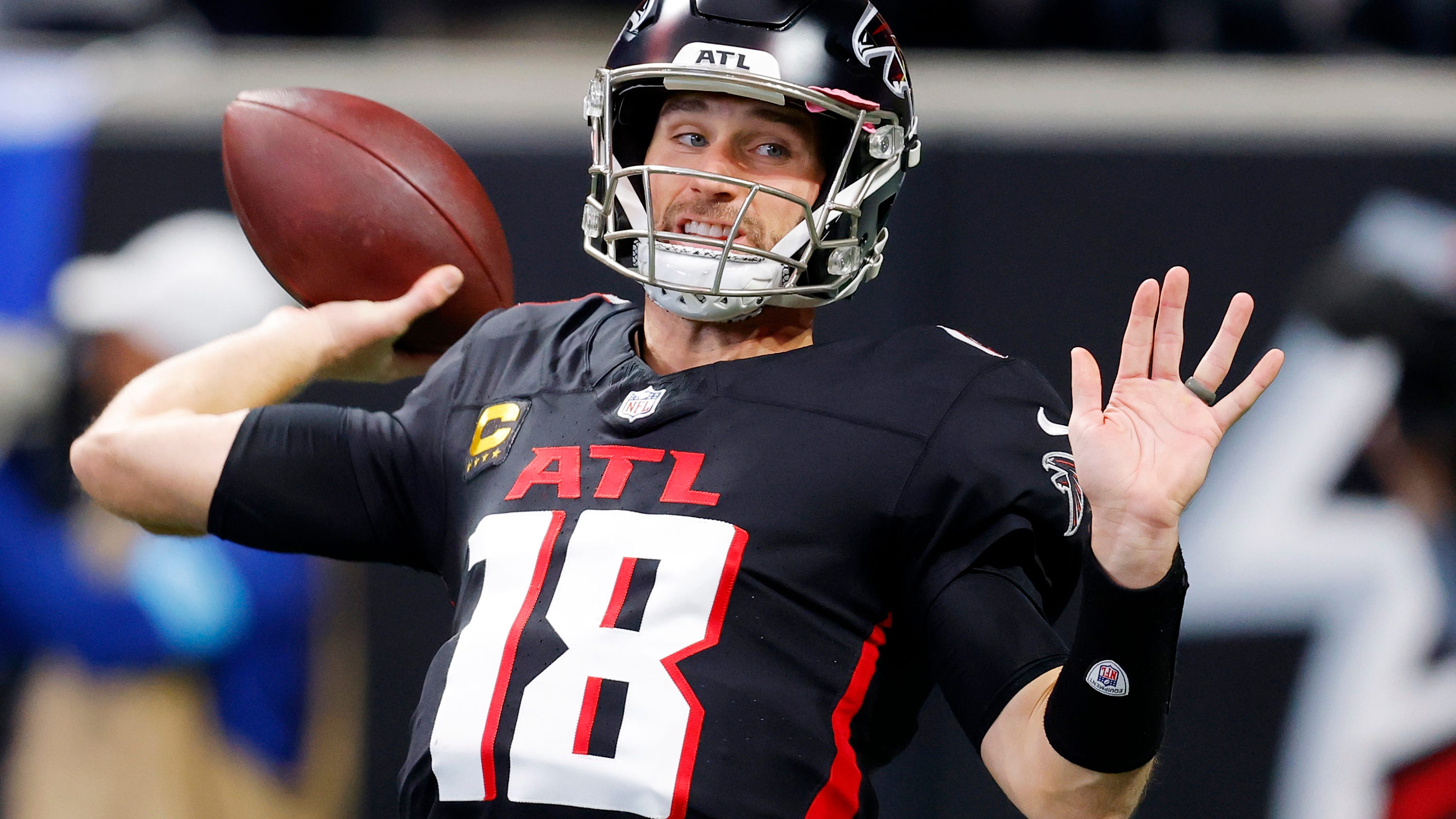What is dead cap money in the NFL? How moving on from players impacts salary cap

The NFL's salary cap has more than doubled since 2011. As one would expect, the prices of star players have skyrocketed.
While a chunk of these big-money contracts have panned out, others have failed spectacularly. That has caused certain NFL teams to take on dead money to move on from these albatross deals, whether via release or trade.
NFL teams weren't always willing to eat large chunks of dead cap space. However, doing so to move on from sunk costs – or to capitalize on a player's trade value – has become more popular since the Philadelphia Eagles traded Carson Wentz during the 2021 NFL offseason.
What exactly is dead money in the NFL? Here's a definition and what to know about the accounting of NFL contracts.
What is dead cap money in the NFL?
Dead money – which is also known as "dead cap space" or simply "dead cap" – is a salary cap charge for a player no longer on a team's roster. Typically, it stems from guaranteed money already given to a player in the form of signing bonuses who is either released, traded or retires.
NFL rules allow signing bonuses, option bonuses and certain roster bonuses to be prorated for up to five years. While the sum of the bonus is usually paid up front, the team accounts for the bonus by evenly spreading it out over the duration of the contract to avoid taking a massive salary cap hit in the first season.
However, in the event that the team and player part ways before the end of the contract – whether it's via a release, trade or retirement – the remaining prorated bonus accelerates onto the team's current salary cap. That ensures the total value of the contract paid by the team matches the overall cap hit the player had while with the organization.
The only way a signing bonus does not accelerate in full to the current salary cap is if a player is released after June 1. Only the current year's proration is accounted in this situation, with the rest accruing at the start of the following league year, which is typically in March.
Teams can also designate two players per year as a post-June 1 release. That allows the team to release the player from their roster but carry his cap hit until June 2. The player's salary comes off the books at that point unless it is fully guaranteed, per CBS Sports' Joel Corry. The player's dead cap hit is then spread over two seasons, with the prorated amount for the current league year staying on the books and the remainder accruing at the start of the following league year.
Dead money contract example
A practical example is Kirk Cousins' contract with the Atlanta Falcons. He signed a four-year deal worth up to $180 million during the 2024 NFL offseason. The deal came with $90 million in total guarantees – his combined $40 million in salary for the 2024 and 2025 NFL seasons – and a $50 million signing bonus, per Spotrac.com.
The Falcons split Cousins' $40 million in guaranteed salary into two chunks: $12.5 million in 2024 and $27.5 million in 2025. Meanwhile, the signing bonus was evenly prorated over the duration of the four-year deal, meaning it counted $12.5 million against the cap each season.
Cousins and the Falcons may be heading toward a split during the 2025 NFL offseason. Atlanta would have to absorb a dead money charge of $65 million if that happens. That would stem from Cousins' remaining $27.5 million guaranteed base salary and the $37.5 million in prorated signing bonus, which would accelerate onto the Falcons' 2025 cap if Cousins is released, traded or retires ahead of the 2025 NFL season.
If the Falcons designate Cousins a post-June 1 release, they would split his $65 million dead cap hit over two seasons. Atlanta would take on a $40 million dead money charge for 2025 (stemming from his $27.5 million guaranteed salary and the $12.5 million of his prorated signing bonus) and a $25 million dead money charge (stemming from the remaining $25 million in prorated signing bonus) in 2026.
But the long and short of it is that if the Falcons move on from Cousins, he will still count against their salary cap because of the bonuses and guarantees he was given as part of his big-money deal.
Largest dead money charges in NFL history
NFL teams have become more willing to take on dead money charges to move on from sunk costs. Entering the 2025 NFL offseason, there have been 18 instances during which an NFL team took on at least $20 million in dead money in a calendar year to part with a player.
The most notable example of this is Russell Wilson. He has three of the eight largest dead cap hits in NFL history – one stemming from his trade from the Seattle Seahawks to the Denver Broncos and two from his designation as a post-June 1 release with the Broncos during the 2024 NFL offseason.
Below is a look at the 10 highest dead money charges in NFL history entering the 2025 NFL offseason.
- Russell Wilson, Denver Broncos, 2025: $49.6 million
- Matt Ryan, Atlanta Falcons, 2022: $40.5 million
- Aaron Rodgers, Green Bay Packers, 2023: $40.3 million
- Russell Wilson, Denver Broncos, 2024: $35.4 million
- Tom Brady, Tampa Bay Buccaneers, 2023: $35.1 million
- Carson Wentz, Philadelphia Eagles, 2021: $33.8 million
- Leonard Williams, New York Giants, 2023: $26.9 million
- Russell Wilson, Seattle Seahawks, 2022: $26 million
- Jared Goff, Los Angeles Rams, 2021: $24.7 million
- Khalil Mack, Chicago Bears, 2022: $24 million